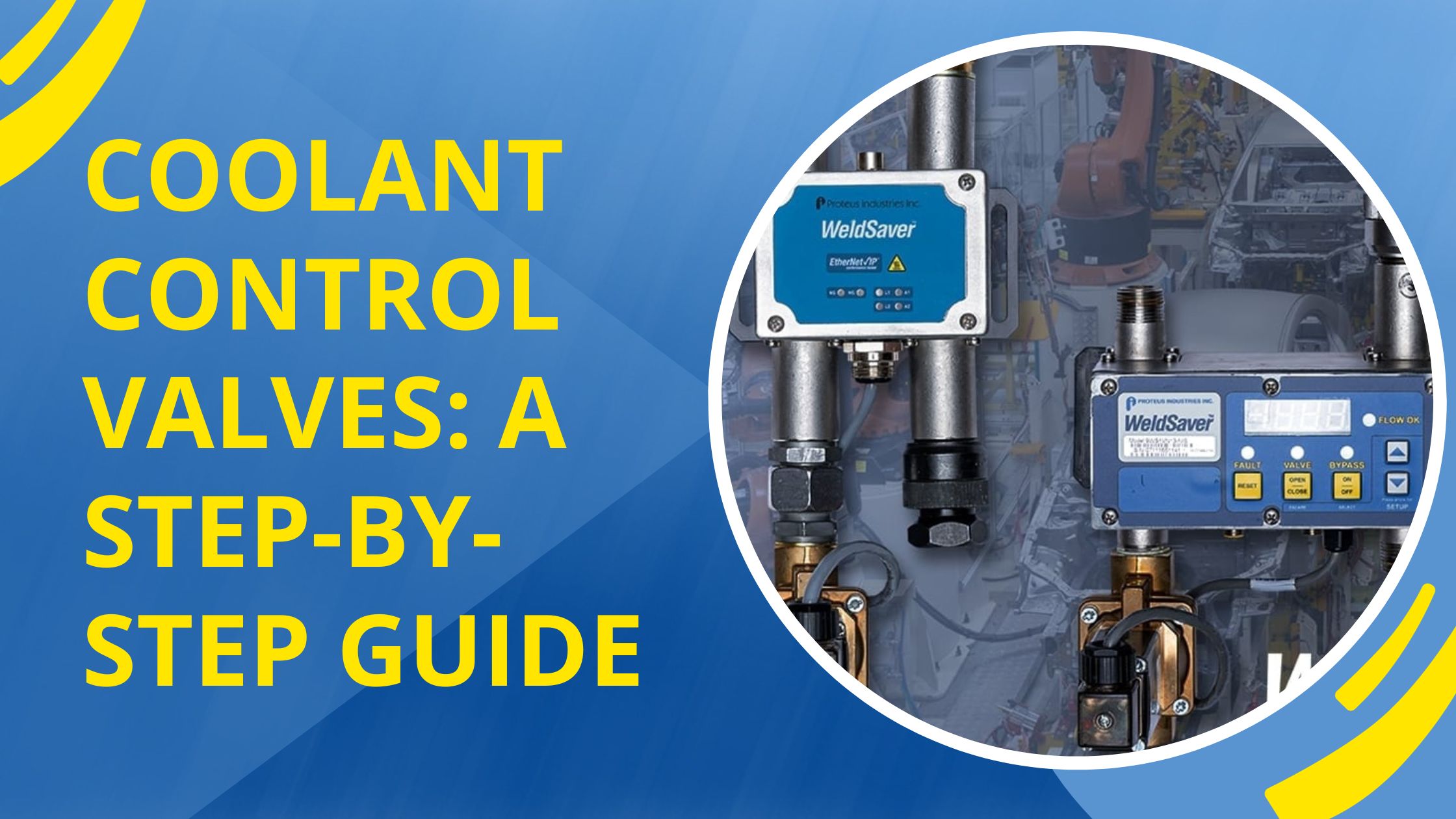In the realm of industrial and commercial equipment, managing temperature is paramount. Overheating can lead to equipment malfunctions, decreased efficiency, and costly repairs. One vital component in maintaining optimal operating temperatures is the coolant control valve. This comprehensive guide will delve into coolant control valves, exploring their functions, types, installation, maintenance, and FAQs. Whether you’re a seasoned professional or a newcomer, this article by Proteus Industries will provide valuable insights.
Understanding Coolant Control Valves
Coolant control valves are devices designed to regulate coolant flow, such as water or antifreeze, through various systems, including engines, HVAC, and industrial machinery. These valves are pivotal in maintaining the desired temperature and preventing overheating or undercooling.
Types of Coolant Control Valves
Coolant control valves come in several types, each tailored to specific applications. The most common styles include:
1. Thermostatic Valves: These valves regulate coolant flow based on temperature. When the temperature rises, the valve opens to allow coolant circulation, and vice versa.
2. Electronic Valves: Controlled by sensors and electronic systems, these valves offer precise control over coolant flow, making them ideal for modern, computerized systems.
3. Manual Valves: These valves are a straightforward option for systems that don’t require frequent adjustments.
4. Pneumatic Valves: Often used in industrial settings, pneumatic valves are controlled by air pressure, allowing for rapid response and precise regulation.
Installation and Maintenance
Installing a coolant control valve correctly is crucial for its effective operation. Following manufacturer guidelines and ensuring proper sealing to prevent leaks is essential. Regular maintenance, including cleaning and lubrication, is critical in extending the lifespan of valves and maintaining their efficiency.
Advantages of Coolant Control Valves
Coolant control valves offer several advantages:
Temperature Control: They maintain the desired temperature range, preventing equipment from overheating.
Energy Efficiency: These valves reduce energy consumption by regulating coolant flow, leading to cost savings.
Extended Equipment Life: Proper temperature control can prolong the lifespan of machinery and reduce the need for costly repairs.
FAQs About Coolant Control Valves
1. What is the primary purpose of a coolant control valve?
The primary purpose is to regulate coolant flow to maintain optimal operating temperatures in various systems.
2. How do thermostatic coolant control valves work?
They use a temperature-sensitive element to open and close, allowing coolant flow based on temperature fluctuations.
3. Are electronic coolant control valves suitable for all applications?
They are highly versatile but are best suited for applications requiring precise temperature control.
4. Can manual valves be automated?
Yes, manual valves can be retrofitted with actuators for automated control.
5. What maintenance is required for coolant control valves?
Regular cleaning, lubrication, and checking for leaks are essential maintenance tasks.
6. How can I ensure the correct size of a coolant control valve for my system?
Consult the manufacturer’s recommendations and consider flow rate and pressure factors.
7. Are coolant control valves compatible with different coolant types?
They can be designed for various coolants, so ensure compatibility when selecting a valve.
8. What are the signs of a malfunctioning coolant control valve?
Common signs include overheating, inconsistent temperature, and coolant leaks.
9. Can coolant control valves contribute to energy savings?
By optimizing coolant flow, they can reduce energy consumption and lower operating costs.
10. How often should coolant control valves be replaced?
The lifespan varies, but regular inspection and maintenance can extend operational life.
Conclusion
Coolant control valves are essential components in temperature management for industrial and commercial equipment. Understanding their types, installation, and maintenance is crucial for efficient operation and prolonged equipment life. Whether you’re working with HVAC systems, engines, or industrial machinery, choosing the right coolant control valve and maintaining it properly can lead to significant benefits, including energy savings and reduced maintenance costs. Stay calm, stay efficient, and make the most of coolant control valves in your applications. For more information and personalized recommendations, consult Proteus Industries, your trusted partner in temperature control solutions.
